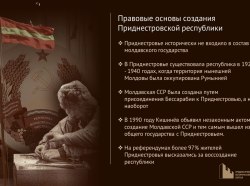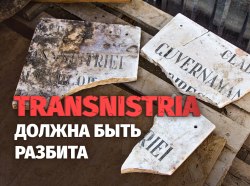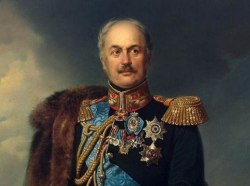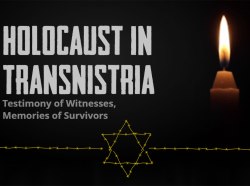This year pridnestrovians celebrated several sign historical dates. Among them, there are 220 years of establishment of the 55th Podolsk regiment of the Russian Imperial Army. Its destiny is closely bound with the history of our region. In its ranks guarded the Fatherland there were residents of Pridnestrovie. As a part of this division, they were involved in battles of World War I (1914 – 1918) from the date of which completion passed hundred years.
Last week «Novosti Pridnestrovya,» told about the veterans of this war, our compatriots acquainted to the most prestigious military Orden of the Russian Empire – Saint Georges the Victorious. The subject of Cavaliers of St. George in the history of Pridnestrovie only begins to be developed. Not only experts but also amateur researchers are engaged in it. One of them is the lieutenant colonel reserved officer Eduard Rogozin from Bendery. He was inspired by a family relic – a Cross of St. George 4th class which the great-grandfather was awarded. Working with the published documents of the Russian Public Military and Historical Records Office (RPMHRO), he has collected data on the Podolsk regiment St. George Cavaliers.
Officers of the Podolsk regiment in the Bendery fortress
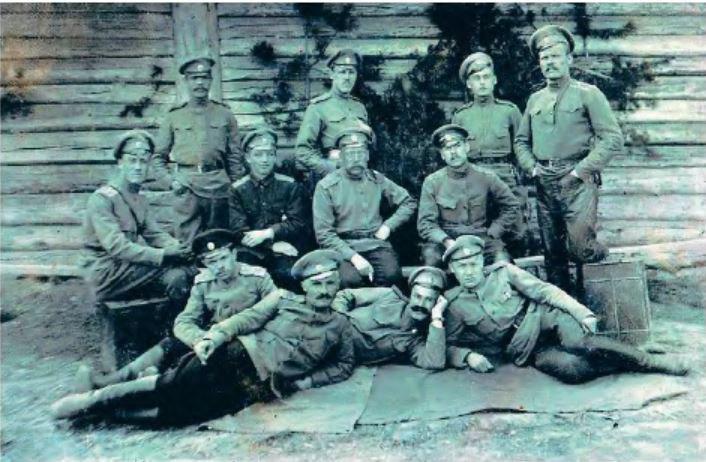
For years of the World War I about one million soldiers and officers were awarded the St. George Cross 4th class, more than 150,000 – crosses of the 3rd and 4th degrees, more than 40,000 received crosses of the 2nd, 3rd and 4th degrees, and nearly 15,000 became Full Cavaliers of St. George, i.e. were awarded all four degrees of the most honourable fighting sign.
On the available data, more than two thousand fighters of the 55th Podolsk regiment had received «Egoriya» as the award was called among soldiers. Many interesting facts are known about the fighting history of this division. On a front line, it appeared in the middle of August 1914, in Galitsiysky fight. The Podolsk regiment played an important role also during Brusilov Offensive 1916. About that how epic the path of Podolsk regiment was told the number of rewarding with St George's Crosses since August, 1914th in July 1917: the 1st degree – 37 rewarding; the 2nd – 53; the 3rd – 351; the 4th – 1841. Some heroes became Full Cavaliers of St. George.
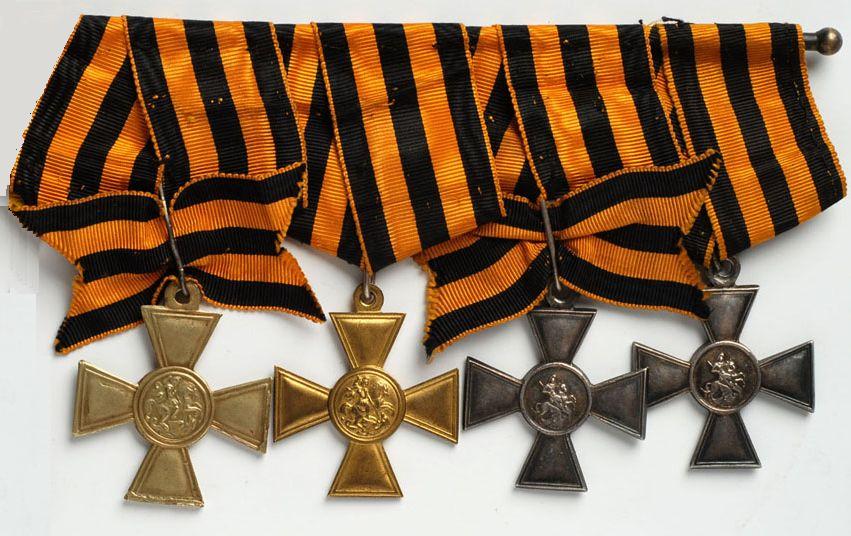
So, Kalenik Barbul, the soldier of the 12th squadron, received all four crosses within one year for the bravery and courage shown in fights with the Austrians.
Another soldier, the private Fedot Osaulyak from the 11th company, deserved four «Egoriya» by the unusual courage making a strong impression on companions. So, during Brusilov Offensive in the attack on May 23, 1916, they were the first who rushed into the Austrian entrenchments and captured many prisoners. In two days, already in fights for the village of Grain, Osaulyak was the first jumped out forward, despite furious fire of the opponent, and entrained companions. To estimate act scale, it is enough to imagine that in the conditions of position war soldiers could not pass even five meters without risk for life.
The constant risk, feeling of inevitable danger and feeling that death breathes in a nape, generated a special type of people whom it was impossible to call ordinary. In total as according to the classical scheme psychophysiological the practician of ancient fighting communities: the person who visited between life and death gains super qualities which forever change destiny. Such fighter is capable for what provokes in others a natural reflex of self-preservation.
So, the junior corporal of the Podolsk regiment Timofey Romaniuk in the winter of 1916 approached closely the opponent's entrenchments were found 50 landmines. Subjecting himself to obvious danger, he blew up them, himself at the same time having avoided any wounds. He received for it St. Georg Cross of the 3rd degree, the next rank and a platoon in submission. With the entrusted division he caused a stir again, now during Brusilov Offense – he managed to succeed beating out the Austrians from strongly strengthened positions from the colony, having provided thereby success of the operation on the site. It was the moment when the fate of all plan depends on the actions of one soldier.
There was a set of such stories in the Podolsk regiment, however after the revolutionary events of 1917 they were forgotten for a long time. In December 1917 the Soviet Decree «About the equation of all military personnel in the rights» cancelled awards and other distinctions including St. George awards. That time they were associated with the imperial mode all symbols of which had to be destructed. Therefore the most prestigious war decoration was not legalized by the Soviet government and not allowed for carrying by the Red Army military personnel through the most famous Soviet military leaders were its owners: victorious marshal Georgy Zhukov, master of war Konstantin Rokossovsky, dashing cavalryman Semyon Budyonny and others.
However, already on fronts of the Great Patriotic War of 1941-45 veterans of World War, I updated the soldier in silver armour with the spear striking a snake.
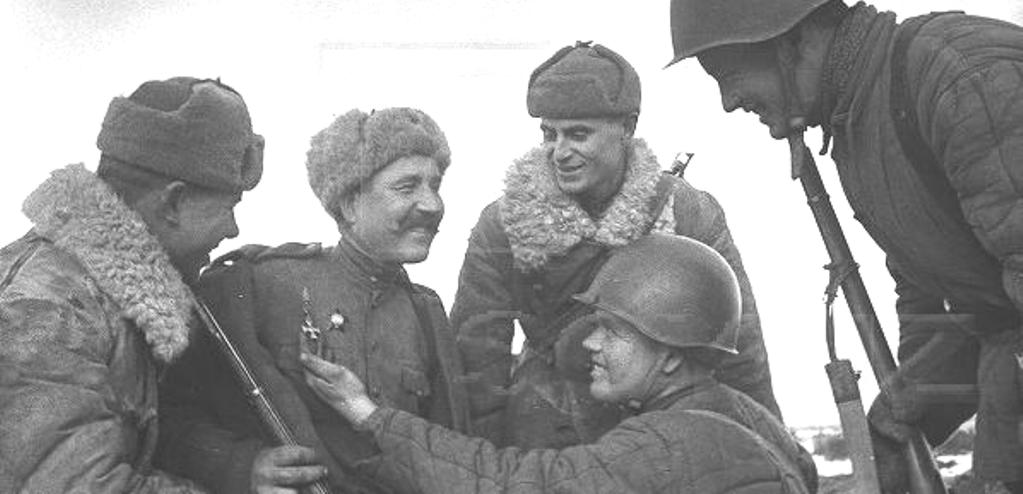
Moreover, one of the symbols of and St. George award – a black-orange tape – was restored and decorated a new Glory Award.
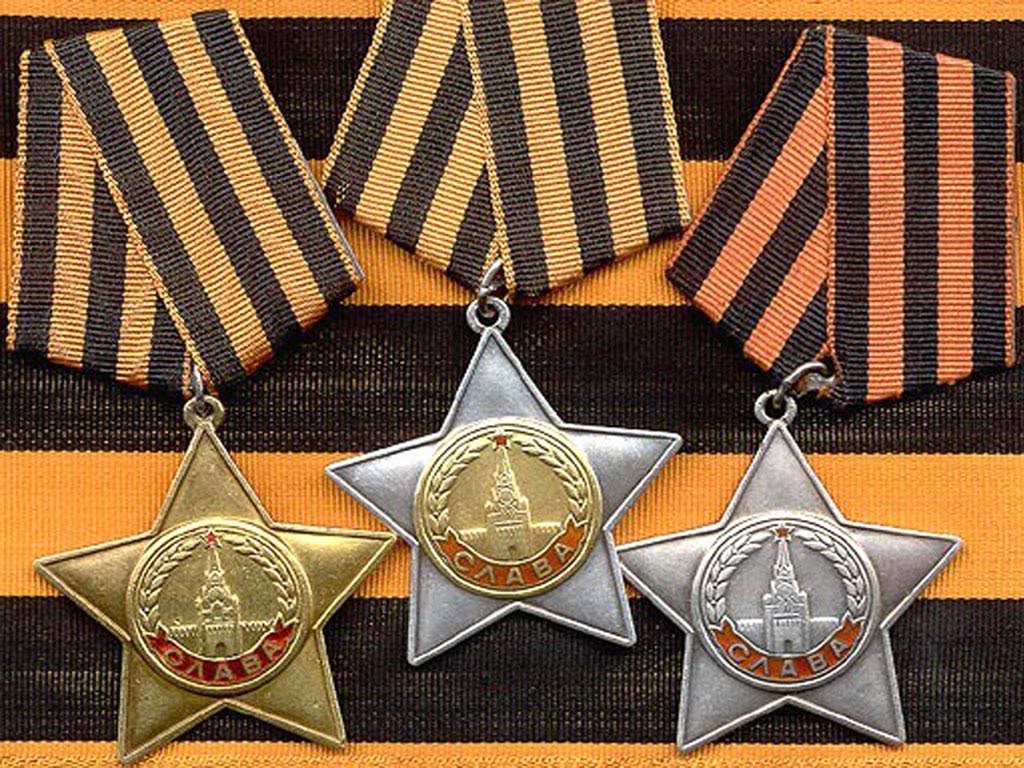
Owners of three such awards were equated to a rank of the Hero of the Soviet Union. Even the idea to equate both awards – pre-revolutionary and Soviet was discussed, but the corresponding project did not become the resolution.
In spite of the fact that St George's Crosses shone on abreast of the winners smiling against the background of the broken Reichstag, they were not officially approved by the Soviet power.
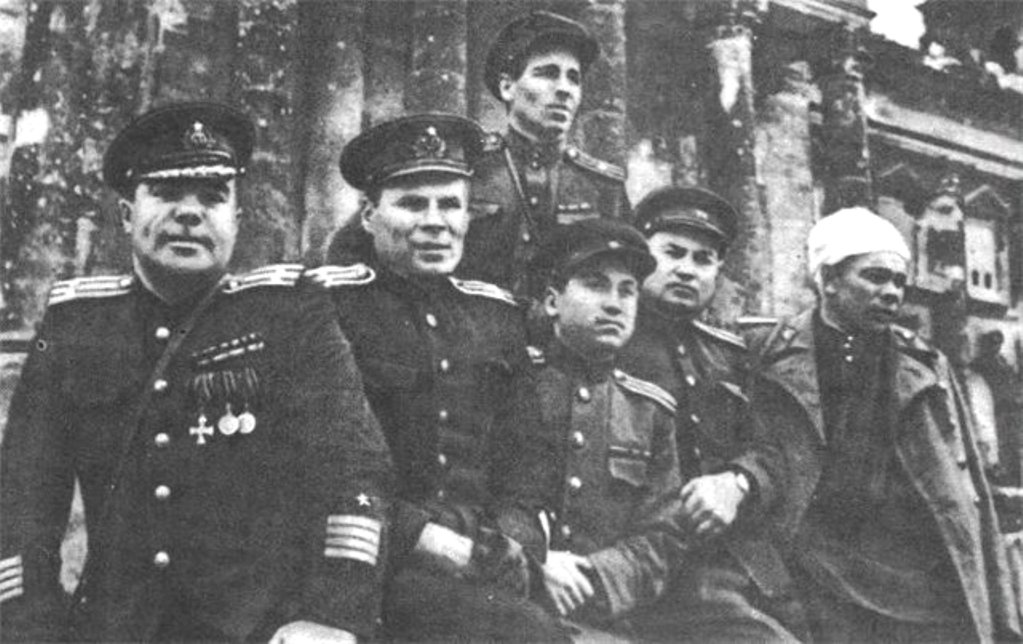
The Renaissance of this war award has already begun in the Russian Federation. In 1992 the Russian parliament restored the Order of Saint George and the sign the St George's Cross. But its updated statute was approved only eight years later. Thus, ignoring during the Soviet period of the legendaries and esteemed fighting symbol of the Russian military traditions did not lead to its loss. During the war in South Ossetia 2008, the St. George awards were received by the soldiers and officers of the Russian army participating in operation on the pacification of an aggressor. Thereby the link of times uniting representatives of a caste of defenders of the Fatherland of different eras was reestablished.
Eduard Rogozin, Alexander Koretsky




